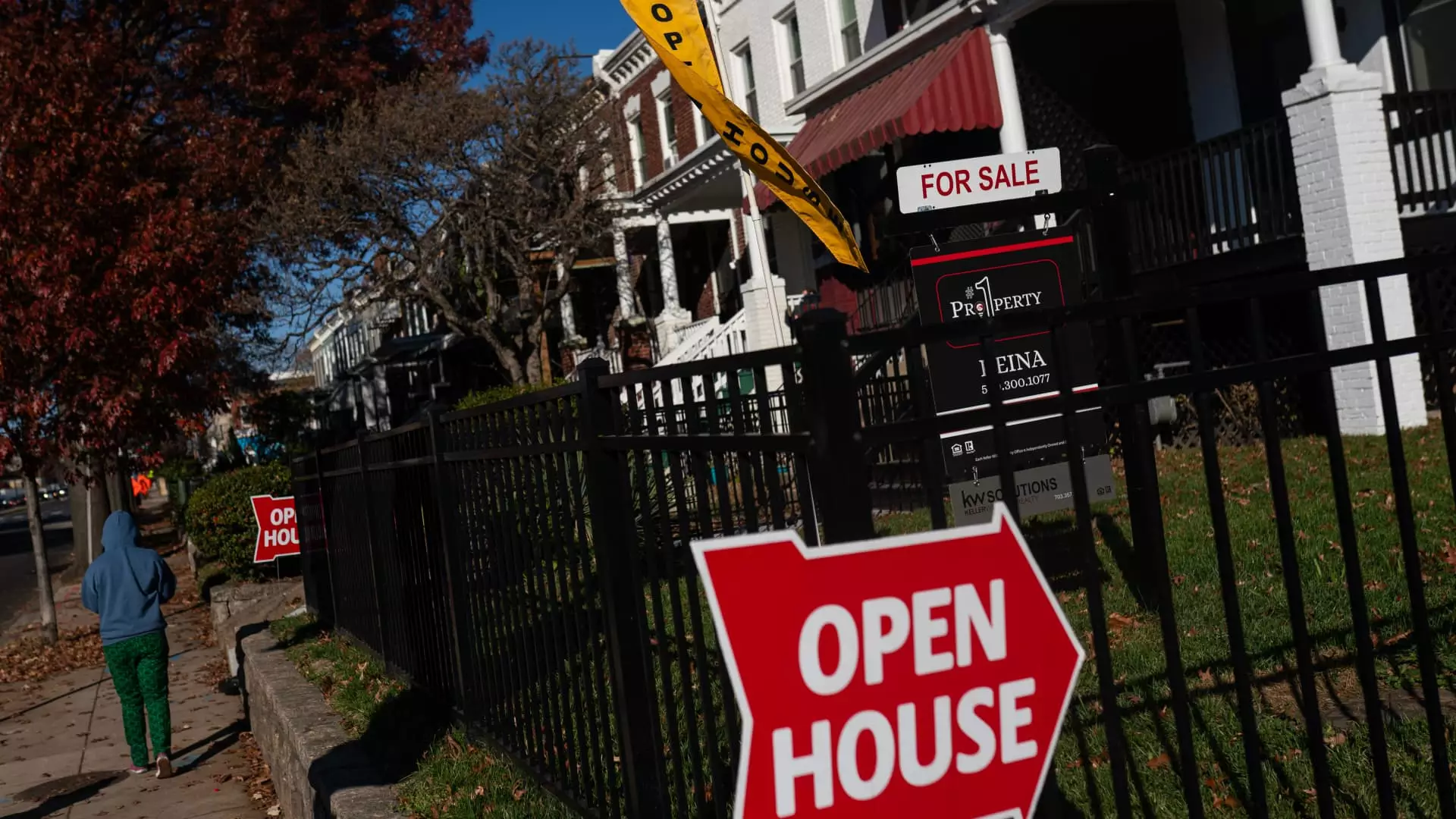7 Harsh Truths About Homeownership in America Today

For many Americans, owning a home is synonymous with achieving the so-called American Dream. However, the reality today reveals a far more complicated narrative that suggests this dream is slipping away from the grasp of the younger generations. Recent statements by Maryland Governor Wes Moore highlight a striking concern: many young adults in Maryland are contemplating leaving the state solely due to prohibitive housing costs. This sentiment can be found echoed in the broader landscape where consistently rising home prices and interest rates contribute to a crisis of affordability and accessibility—especially for first-time buyers.
It’s imperative for the populace to grasp that the cost of housing isn’t merely a financial figure; it’s a representation of opportunity, security, and legacy. Moore poignantly reflects on how the sacrifices of his grandparents enriched his path to higher aspirations. The facts paint a grim picture; many young people today lack the financial footing enjoyed by prior generations. This is exacerbated by the stark reality that homeownership is often seen as a defining marker of wealth and stability, but for many, it remains an insurmountable barrier.
The Pandemic of High Housing Costs
Recent studies reveal that around 30% of young Maryland residents are considering leaving their state to escape the crushing weight of soaring housing prices. This is not merely an anecdote—it’s a formidable trend underscored by a 2024 report from the Joint Center for Housing Studies at Harvard University, which highlights an alarming surge in cost-burdened renters. Today, more individuals than ever are pouring over 30% of their income into housing, leaving little left for essentials or savings.
Homeownership should serve as a bedrock for building generational wealth, but economic realities suggest otherwise. Housing, after retirement funds, represents the second most significant asset for many Americans, giving heightened importance to policies that can assist those yearning for ownership. The absence of affordable housing options means many are perpetually locked in cycles of renting, limiting their potential for asset accumulation and economic stabilization.
A Generational Gap in Homeownership Rates
The generational divide is revealing alarming data: today’s 35- to 44-year-olds are facing a homeownership rate that is over 10% lower than it was 45 years ago. This stark decline can be linked to myriad factors: stagnant wages, soaring home prices, and the rising trend of forming households at a slower rate. When juxtaposed with their counterparts in previous decades, the current generation demonstrates a clear struggle to attain what was once a relatively assessable milestone.
This trend starkly illustrates societal dynamics at play. Families today are increasingly less likely to be married, which impacts homeownership rates significantly. The correlation between marriage and homeownership suggests a socio-economic spiral where lower income levels inhibit the formation of stable households. Therefore, without intervention or policy changes to facilitate access to homeownership, this divide will likely only widen, creating enduring economic ramifications.
The Race to Homeownership
The discourse around housing affordability cannot overlook the pervasive racial disparities fundamentally embedded in it. Data from the latest National Association of Realtors report highlights a grim reality: Black Americans have a homeownership rate of just 44.7%, which signifies continued marginalization in an ostensibly equitable society. While improvements have emerged, the reality remains that systemic barriers to wealth accumulation endure, primarily disadvantaging minority communities.
Merely increasing homeownership rates for any single demographic requires robust policy intervention. Without addressing deeply rooted educational inequalities and socio-economic disparities, the promise of homeownership remains largely abstract for many marginalized groups.
Policy Solutions for a Broken System
A critical examination of feasible policy changes reveals potential pathways for ameliorating the housing crisis. Initiatives aimed at expanding educational opportunities for low-income households and providing down payment assistance could act as catalysts in transforming the conversation around homeownership. Additionally, acknowledging the vital need for increased housing production, policy adjustments to cushion zoning regulations would certainly invite fresh investment and development opportunities.
Homeownership should be a possibility for all, not merely a privilege reserved for the affluent. To foster a society where economic security can flourish, decisive actions must be taken. Ignoring these realities leaves the dream of homeownership a mere fantasy, perpetuating socio-economic divides that threaten the very fabric of our progressivist ideals. The stakes are high, and the time for action is now.





